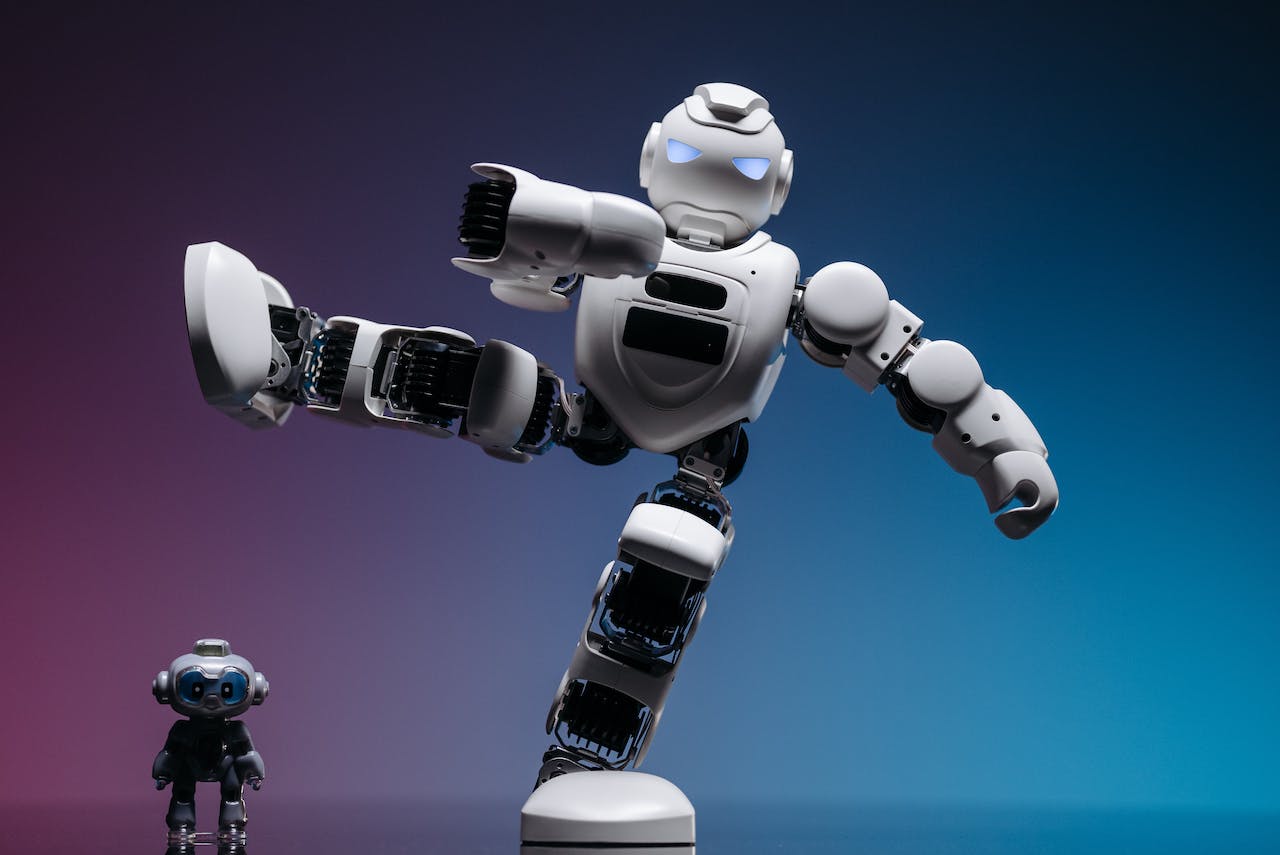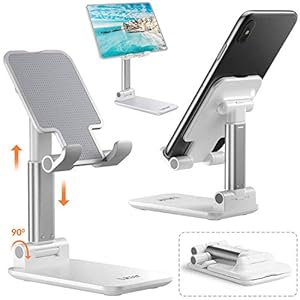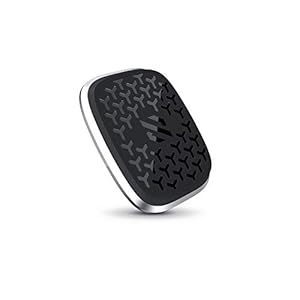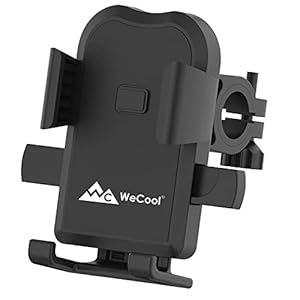
A bunch of scientists from Stanford University have designed an reasonably priced robotic with the power to hold out intricate duties autonomously by leveraging synthetic intelligence (AI). Generally known as Cell ALOHA, the robotic was constructed utilizing available parts and 3D-printed {hardware}, with prices amounting to $32,000. The Cell ALOHA mission goals to revolutionize the robotics trade by offering a low-cost but extremely environment friendly answer for numerous functions, together with manufacturing, healthcare, and research. By using superior AI algorithms and laptop imaginative and prescient, the robotic demonstrates distinctive precision and flexibility, proving that refined robotic programs could be achieved with out breaking the financial institution.
Coaching the AI-driven robotic
The researchers skilled the AI-driven robotic to perform numerous duties, corresponding to making ready shrimp, tidying up spills, and managing elevators — all with out human enter. This autonomous robotic makes use of superior machine-learning algorithms, permitting it to adapt and enhance its efficiency over time. Moreover, the AI system powering the robotic is designed to grasp and predict human habits, finally resulting in seamless and environment friendly collaboration with human staff in on a regular basis environments.
To assist Cell ALOHA study duties swiftly, the group employed a “co-training” technique, which blends new and outdated information. This method enabled the robotic to amass abilities rapidly — as a substitute of counting on 1000’s or hundreds of thousands of cases. By combining beforehand discovered data with new information, Cell ALOHA can always adapt and enhance its effectivity in executing duties. This co-training method reduces the necessity for in depth training data sets, making it extra sensible for real-world functions the place speedy studying is essential.
Tackling complicated points with reasonably priced robotics
The work carried out by the Stanford group on Cell ALOHA highlights that cost-effective robotic hardware can deal with complicated points. Incorporating reasonably priced parts and cutting-edge algorithms, the researchers have demonstrated the potential of those revolutionary robotic programs in addressing real-world challenges. As expertise advances, the accessibility and functions of cost-effective robots will inevitably develop, providing impactful and sustainable options throughout numerous industries.
The Cell ALOHA mission presents an revolutionary method to creating reasonably priced and adaptable robotic systems utilizing AI algorithms. With a give attention to co-training, environment friendly studying, and bettering greedy and maneuvering talents, this analysis has the potential to rework numerous industries and functions. Because the group continues growing the robotic and incorporating extra superior methods, we anticipate to see much more sensible and cost-effective robotic options.
Featured Picture Credit score: Pavel Danilyuk; Pexels
Trending Merchandise




![CRATIX 360°Rotatable and Retractable Car Phone Holder, Rearview Mirror Phone Holder [Upgraded] Universal Phone Mount for Car Adjustable Rear View Mirror Car Mount for All Smartphones](https://m.media-amazon.com/images/I/410N7NZtIjL._SS300_.jpg)





![Car Phone Holder Mount, [Military-Grade Suction & Super Sturdy Base] Universal Phone Mount for Car Dashboard Windshield Air Vent Hands Free Car Phone Mount for iPhone Android All Smartphones](https://m.media-amazon.com/images/I/51KK2oa9LDL._SS300_.jpg)
